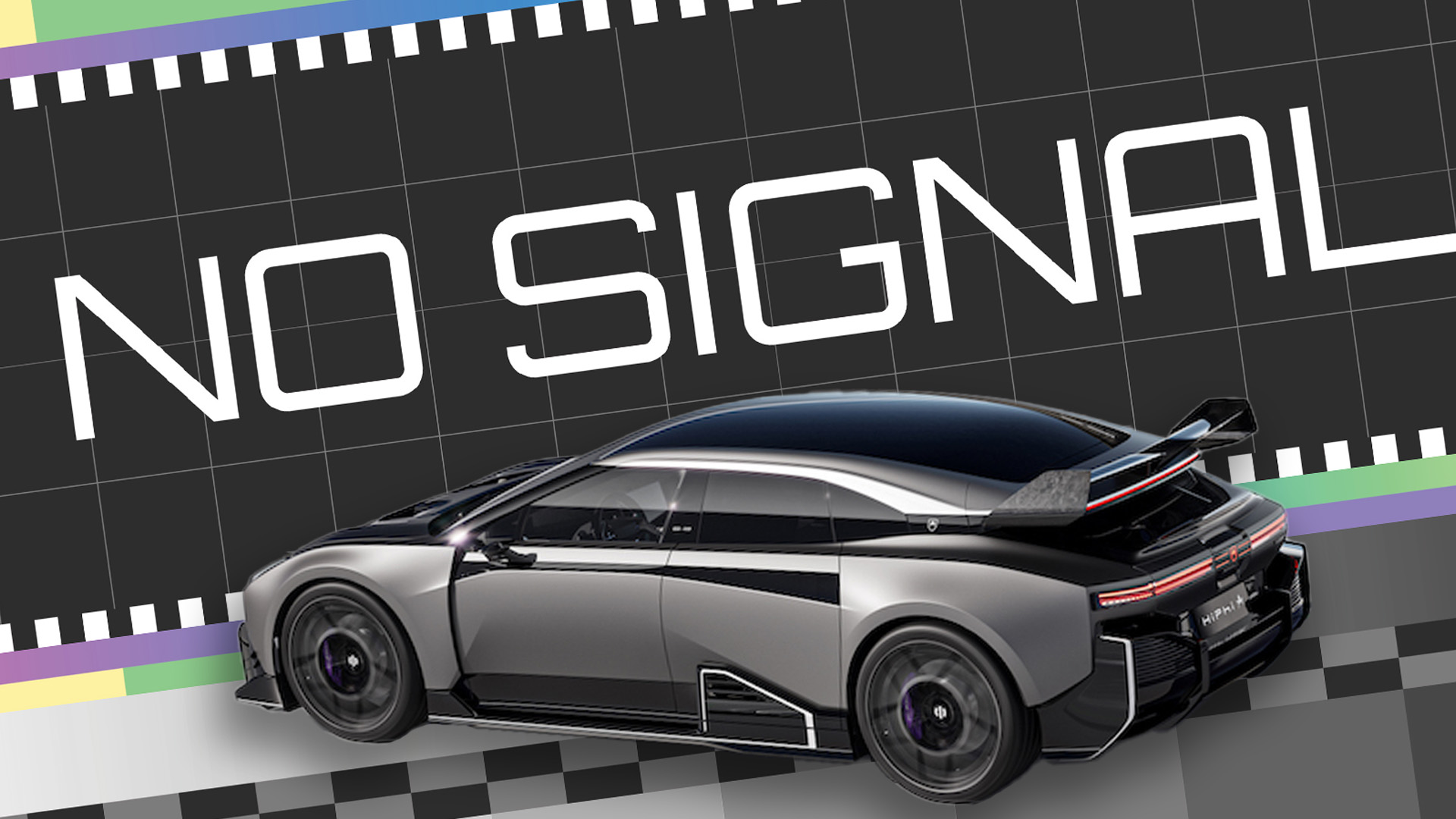[…] What happens when connected cars become disconnected cars? […]
The phenomenon was chronicled in Rest of World, which spoke to multiple owners of EVs produced by financially troubled Chinese automakers. China kickstarted its EV industry with aggressive subsidies that lured dozens, if not hundreds of companies to produce cars. When those subsidies ceased, an automotive extinction event unfolded, with a reported 20-plus brands calling it quits
[…]
The largest Chinese automaker to fail yet has been WM Motor, which reportedly sold around 100,000 cars between 2019 and 2022. It filed for bankruptcy in October 2023, and in doing so ceased offering software support for customers’ cars. With company servers offline, widespread failures were reported, affecting cars’ stereos, charging status indicators, odometers, and app-controlled remote functions such as air conditioning and locking.
Though WM Motor is said to have brought servers back online so that these vehicles can fully function again, it doesn’t seem to have delivered any software updates since its bankruptcy filing almost a year ago. Its app also remains unavailable on smartphone app stores, locking potential buyers of used WM Motors vehicles out of some features. It seemingly hasn’t flown afoul of China’s consumer protection laws, which mandate 10 years of parts and service support—but apparently not software. As many as 160,000 Chinese car owners are estimated to be in a similar boat, as an increasing number of automakers encounter financial trouble.
[…]
Source: China’s Connected Car Collapse Is a Warning for the American /Market
And what happens when a manufacturer just calls your car End of Life?

Robin Edgar
Organisational Structures | Technology and Science | Military, IT and Lifestyle consultancy | Social, Broadcast & Cross Media | Flying aircraft

